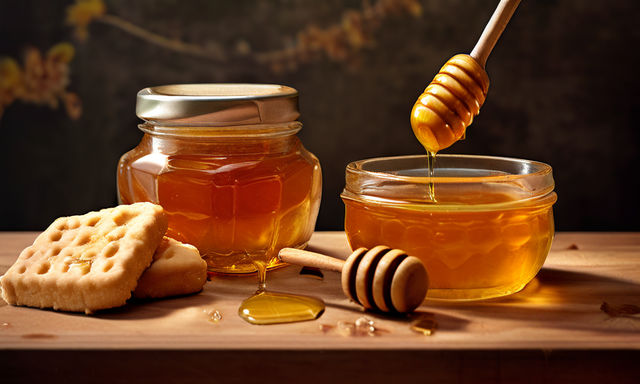What 200 Calories Looks Like Video
Caloric intake is a fundamental concept in nutrition, influencing weight management and overall health. However, not all calories are created equal, and understanding how much food makes up 200 calories can help you make more informed choices. This article explores various common foods and their portion sizes to illustrate what exactly 200 calories look like.
1. Olive Oil
- 25g of Olive Oil (about 1.8 tablespoons): Olive oil is highly praised for its heart-healthy fats but is very calorie-dense. A little less than two tablespoons of olive oil will give you 200 calories, emphasizing the need for moderation when adding oil to dishes.
2. Peanut Butter
- 35g of Peanut Butter (about 2 tablespoons): Peanut butter is a favorite for its rich flavor and protein content, but it's also quite high in calories. Two tablespoons provide 200 calories, along with a decent amount of protein and healthy fats, making it a filling addition to snacks and meals.
3. Honey
- 65g of Honey (about 2.2 tablespoons): Honey, a natural sweetener, packs about 200 calories in just over two tablespoons. While it offers some trace nutrients and antioxidants, its high sugar content means it should be used sparingly to avoid excess calorie intake.
4. Plain Biscuit
- 40g of Plain Biscuit (about 2 average-sized biscuits): Biscuits, though simple and delicious, can add up calorically without much nutritional benefit. Two medium plain biscuits will have around 200 calories, mostly from refined carbs and fats.
5. Apple
- 400g of Apple (about 4 small apples or 2 large apples): Apples are an excellent source of fiber and vitamin C. Eating 400 grams worth of apples not only gives you 200 calories but also enhances satiety due to their high fiber and water content.
6. Avocado
- 130g of Avocado (approximately one medium avocado): Avocado is celebrated for its healthy monounsaturated fats and fiber. One medium-sized avocado contains about 200 calories, along with essential vitamins and minerals, making it a nutrient-dense food that supports satiety and heart health.
7. Cottage Cheese
-
280g of Cottage Cheese (about 1
cup): Cottage cheese is a dairy product that is high
in protein and calcium, making it a great choice for
diets. One cup of cottage cheese provides 200
calories and is very filling due to its high protein
content.
Understanding Calorie Density
Calorie density describes the number of calories in a given volume of food and can significantly impact satiety and weight management. Foods with low calorie density, like fruits and vegetables, provide a larger portion size with fewer calories, which can aid in feeling fuller longer. In contrast, high-calorie density foods, such as oils and butters, offer more calories in smaller amounts, which might not be as filling.
Visualizing Caloric Intake
Understanding what 200 calories look like in various foods can significantly impact your dietary choices. Here are some practical tips to apply this knowledge:
-
- Choose Volume: Opting for foods that provide more volume for fewer calories can help you feel fuller for longer. For example, apples and cottage cheese are more filling options compared to honey and olive oil.
-
- Consider Nutrient Density: Focus on foods that offer more than just calories. Foods rich in vitamins, minerals, and fiber, such as avocado and apples, provide greater nutritional value.
-
- Watch Out for Hidden Calories: Be cautious with calorie-dense foods like olive oil and peanut butter. Small quantities can significantly increase your caloric intake.
-
- Balance Your Diet: Combine higher-calorie foods with lower-calorie foods to balance your meals. This approach allows you to enjoy a variety of foods while managing your total caloric intake.

Conclusion
Understanding what 200 calories look like across different types of food can enhance your dietary awareness and help you make smarter food choices. Whether you are trying to lose weight, maintain your current weight, or simply eat healthier, recognizing how to balance your meals and manage portion sizes is key. This knowledge empowers you to control your calorie intake more effectively, aligning with your nutritional goals and dietary needs.
Disclaimer: This blog post is for informational purposes only and does not constitute medical advice. Always consult with a healthcare professional before making significant changes to your diet, especially if you have specific health conditions or dietary needs.
Ready to level-up?
Create meal plans 10x faster, follow up with your clients through our mobile app, and never struggle with meal planning or recipe management again.